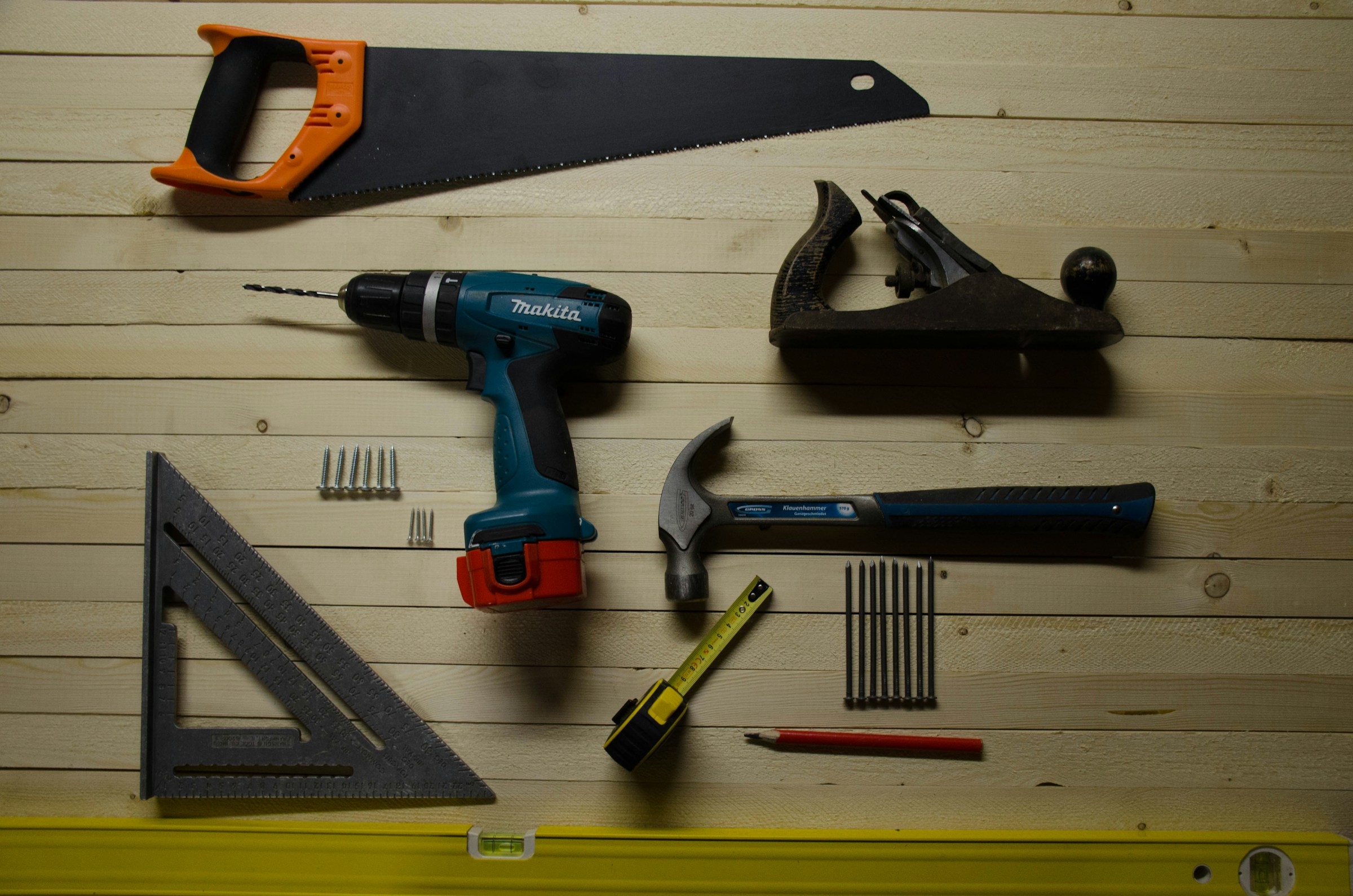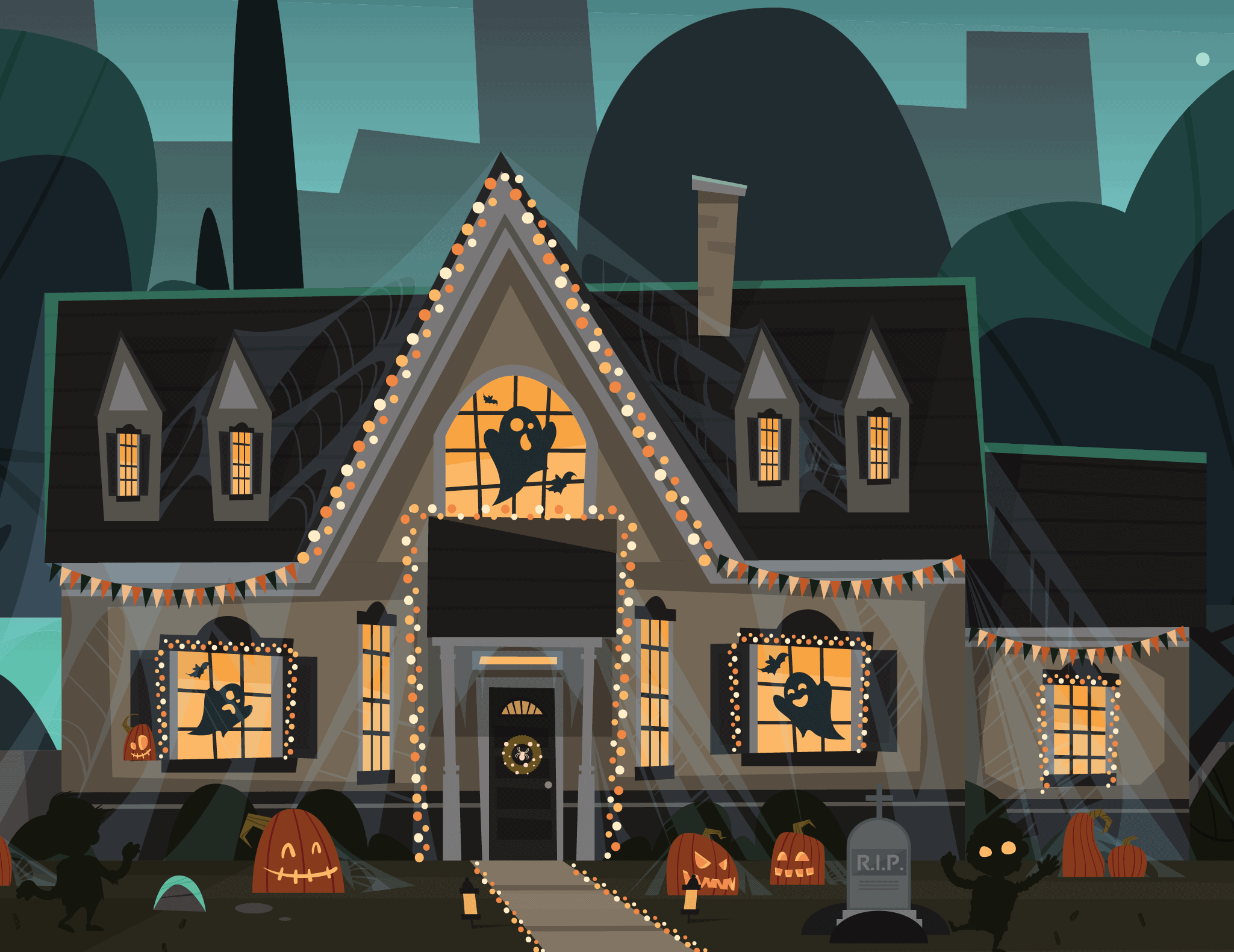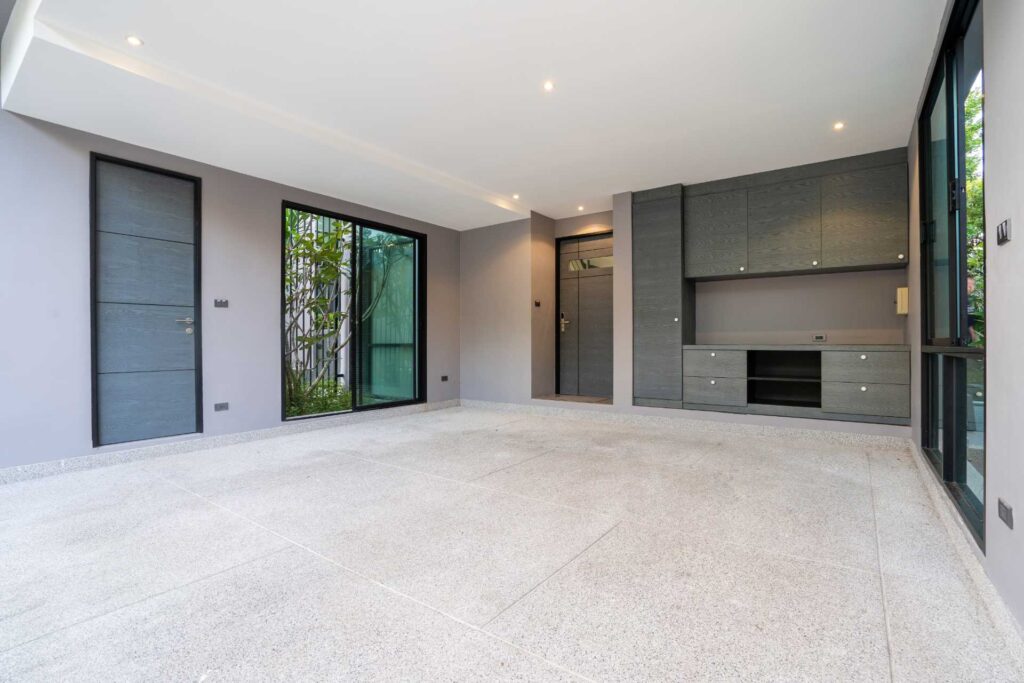A clutter‑free garage can start by adding sturdy shelves along the walls. Its one of the fastest ways to reclaim floor space and keep tools, totes, and sports gear within easy reach. Whether you want to build budget‑friendly DIY garage shelves or invest in a professionally installed wall organization system, a well–planned shelving strategy will free up floor space, protect your tools, and make weekend projects less stressful.
This guide covers each stage of the process—from measuring studs to determining when a professionally installed Renuity cabinet system or wall organizer might make sense for your garage.
Why Wall Shelves Beat Floor Racks Every Time
Many homeowners begin garage organization with stackable floor racks among other garage interior ideas. While these work for a while, they eventually hog valuable square footage and make sweeping, parking, and project work difficult. By contrast, wall‑mounted shelves:
- Lift everything off the floor, giving you cleaner sightlines and easier vehicle clearance.
- Keep boxes dry and pest‑free by eliminating direct contact with concrete.
- Grow upward, not outward—perfect for narrow garages where every inch matters.
Swap out those shaky floor racks for sturdy wall‑mounted shelving, and you’ll gain clear floor space plus a bird’s‑eye view of every tool and tote—no more wasted weekends hunting for hardware.
Step 1: Plan Before You Cut (or Buy)
Whether you want to learn how to build garage shelves from 2x4s or are ready to purchase pre‑made steel tracks, planning prevents wasted materials and awkward layouts.
- Map Your Wall Space
- Identify studs with a stud finder. Most garages use 16‑inch on‑center spacing.
- Note obstructions: outlets, switches, breaker panels, or windows.
- Measure clearance above your garage door tracks if you plan overhead shelves.
- Define Shelf Depth and Load
- 12″–16″ deep shelves suit paint cans, bins, and small tools.
- 20″–24″ deep shelves hold larger totes but may protrude into your parking space.
- Estimate weight: lumber offcuts are heavy; camping gear is lighter. Factor 40–50 lb per linear foot for safety.
- Choose a Shelf Style
- Open Lumber Frame: Build‑on‑site shelves made from 2×4 rails anchored to studs and topped with plywood decking. This budget‑friendly method delivers serious load capacity and can be customized to any height or length—perfect if you’re handy with basic tools and need heavy‑duty storage.
- Track‑and‑Bracket: Powder‑coated steel standards screw into studs, and adjustable brackets let you raise or lower shelves in minutes. Ideal for households whose storage needs change with the seasons and who like quick, tool‑free reconfiguration.
- Wire Grid Panels: Heavy‑gauge wire shelves encourage airflow, resist dust, and accept clip‑on hooks, baskets, and bins. Great for paint cans, sports gear, or garden tools when you want everything visible at a glance.
The right design depends on your tools, budget, and how often you reconfigure storage.
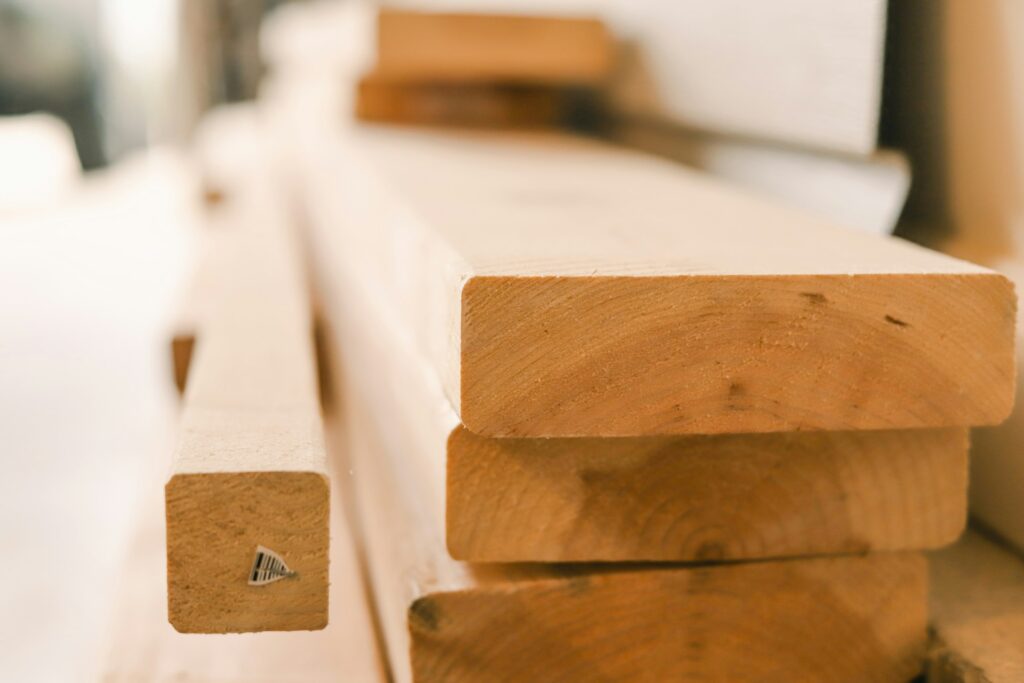
Step 2: How to Build Shelves in a Garage (DIY Lumber Method)
If you’re handy with basic carpentry tools, building lumber shelves is cost‑effective and surprisingly quick.
Materials (per 8‑ft section)
- Five 2″×4″×8′ studs for horizontal rails
- Four 2″×4″×8′ studs for vertical legs
- OSB or 3/4‑inch plywood cut to shelf depth
- 3‑inch exterior wood screws
- 2‑1/2‑inch construction screws for decking
- Wood glue (optional for extra strength)
Tools
- Circular saw
- Drill/driver
- Speed square
- Level
- Stud finder
- Safety gear
Cut List
- (5) horizontal rails at full 8′ length
- (4) legs cut to desired height (e.g., 72″)
- Plywood shelves ripped to shelf depth
Assembly Overview
- Frame the Outer Rectangle
Lay two legs on the ground, glue and screw top and bottom rails flush to ends. - Add Middle Rails
Mark shelf heights on legs (e.g., 24″, 48″) and attach support rails. - Repeat for Second Side and stand frames upright.
- Join Frames with front and rear rails, squaring each corner.
- Deck the Shelves
Drop plywood onto rails, pre‑drill, then secure with 2‑1/2″ screws. - Anchor to Wall Studs
Shim if needed; drive 3″ screws through rear legs into studs.
Congratulations—you’ve just learned how to make garage shelving strong enough for paint cans, coolers, and seasonal décor.
Step 3: Track‑and‑Bracket Shelves for Fast Adjustability
Not keen on sawing lumber? Metal track systems deliver flexibility with minimal tools:
- Screw heavy‑duty vertical standards into studs.
- Clip steel brackets at chosen heights.
- Drop laminated or wire shelves onto brackets.
Most big‑box kits hold 150–200 lb per shelf when installed correctly. You can mix shallow and deep shelves, tilt‑out bins, or hook panels for lawn tools—all without rebuilding a frame.
Safety Tips Every DIYer Should Know
- Use exterior‑grade lumber if your garage lacks climate control. Treated wood resists moisture and warping.
- Pre‑drill pilot holes to prevent splitting 2x4s near ends.
- Level each rail—a crooked shelf is unstable and frustrating.
- Anchor tall units to wall studs or masonry to avoid tipping hazards.
If your budget allows, consider Renuity’s professional installation to guarantee code‑compliant anchoring and weight ratings.
Organizing Your New Garage Wall Shelves
After your shelves are up, sorting items by frequency and category keeps clutter from creeping back.
- Frequently used (drill, garden gloves) → chest‑height shelves.
- Seasonal gear (holiday lights) → top shelves.
- Heavy items (paint cans, batteries) → lower shelves for safety.
Clear totes with bold labels speed up retrieval, while color‑coded bins (red = automotive, green = gardening) guide the whole family.
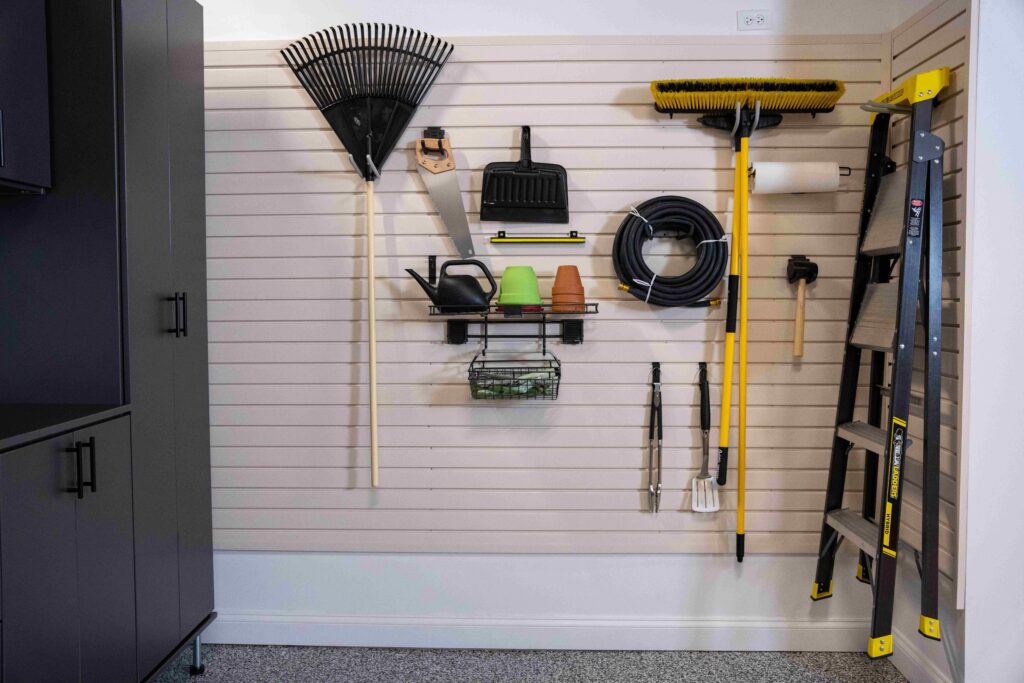
When DIY Isn’t Enough: Upgrade to Renuity Garage Storage Systems
DIY lumber shelves are a fantastic weekend project, but sometimes you need a turnkey solution:
- Integrated Wall Organizers
Slatwall or pegboard panels paired with snap‑in hooks, baskets, and vertical bike mounts. - Steel Cabinet Suites
Lockable doors, soft‑close drawers, and stainless countertops create a workshop you’ll be proud to show off. - Overhead Racks
Motorized or fixed platforms store totes above garage doors, reclaiming ceiling space.
Renuity designs, manufactures, and installs custom garage storage systems that blend heavy‑duty capacity with showroom looks. Our designers map every stud, outlet, and obstacle, then propose 3‑D layouts—so you know exactly how many totes, golf bags, and toolboxes will fit before we lift a drill.
Cost Comparison: DIY vs. Professional Storage
Material‑only DIY shelving is almost always the most affordable route, while track‑and‑bracket kits sit in the middle, costing a bit more in exchange for quick installation and adjustable heights. Professionally built systems—like Renuity’s wall organizers and steel cabinets—carry a higher upfront price but include heavier load ratings, powder‑coat finishes, one‑day installation by factory‑trained crews, and lifetime product warranties. If you want storage that’s built to last, enhances resale value, and eliminates trial‑and‑error tinkering, the professional route often proves itself over time.
Ready to Store Smarter?
Building DIY garage shelves is a rewarding first step toward a tidy, productive garage. Follow the planning tips above to ensure strong, level shelves that serve you for years. If your storage needs outgrow DIY solutions, Renuity is ready with factory‑built cabinets, rugged wall organizers, and overhead racks—installed by experts and backed by industry‑leading warranties.
Contact Renuity today for a free design consultation and transform your garage into a space that finally works as hard as you do.

